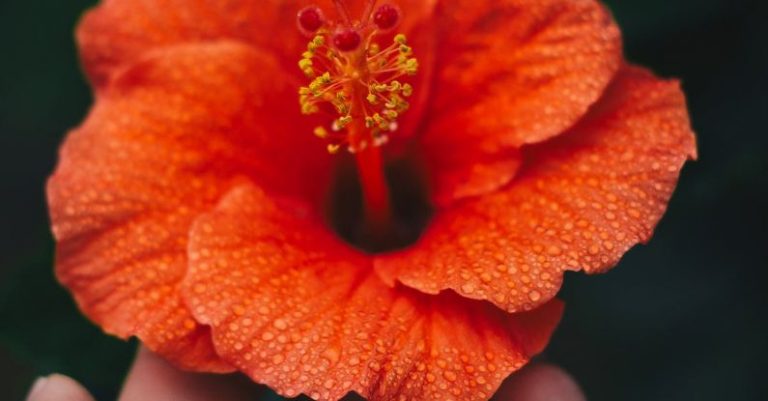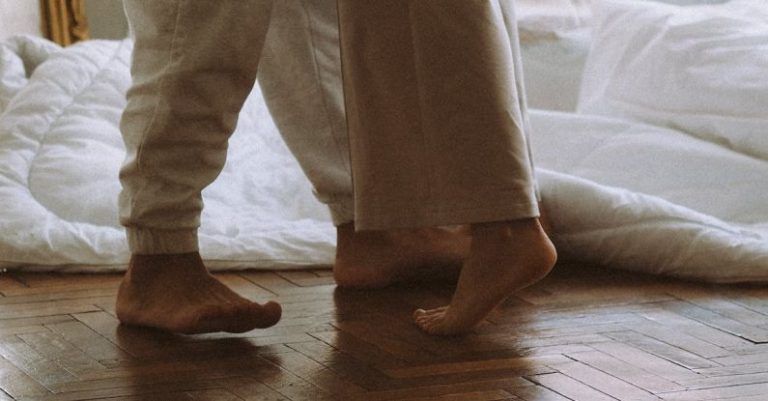
Quilting is an intricate art form that has been practiced for centuries, with its roots dating back to ancient times. Quilts are not only functional but also serve as beautiful pieces of art that can be passed down through generations. One of the key elements that make quilts unique and visually appealing is the variety of quilting patterns that can be used. In this article, we will explore the different types of quilting patterns that quilters can incorporate into their projects to add depth, texture, and visual interest.
Traditional Quilting Patterns
Traditional quilting patterns are timeless designs that have been passed down through generations. These patterns often feature geometric shapes, such as squares, triangles, and diamonds, arranged in repeating motifs. Some common traditional quilting patterns include the Log Cabin, Double Wedding Ring, and Lone Star patterns. Traditional patterns are a great starting point for beginner quilters as they provide a solid foundation for understanding quilting techniques and principles.
Modern Quilting Patterns
Modern quilting patterns offer a fresh take on traditional designs, incorporating bold colors, asymmetrical shapes, and negative space. Modern quilters often experiment with improvisational piecing and abstract compositions to create unique and contemporary quilts. Some popular modern quilting patterns include the Drunkard’s Path, Flying Geese, and Courthouse Steps patterns. Modern quilting allows quilters to express their creativity and individual style while pushing the boundaries of traditional quilting aesthetics.
Art Quilting Patterns
Art quilting patterns blur the line between quilting and fine art, allowing quilters to create one-of-a-kind pieces that showcase their artistic vision. Art quilts often feature intricate designs, mixed media elements, and unconventional materials. Quilters who specialize in art quilting may use techniques such as appliqué, thread painting, and fabric dyeing to create stunning works of art. Art quilting patterns are a great way for quilters to explore their creativity and experiment with new techniques to elevate their quilting practice.
Free Motion Quilting Patterns
Free motion quilting patterns involve quilting without the use of a traditional sewing machine foot, allowing quilters to move the fabric freely under the needle to create intricate designs. Quilters can experiment with swirls, loops, feathers, and other motifs to add texture and dimension to their quilts. Free motion quilting requires practice and skill to master, but the results can be truly stunning. Quilters who enjoy the process of quilting as much as the finished product may find free motion quilting patterns to be a rewarding challenge.
Whole Cloth Quilting Patterns
Whole cloth quilting patterns involve quilting a single piece of fabric without piecing or appliqué. Quilters can showcase their quilting skills by using intricate stitching patterns to create elaborate designs on a solid piece of fabric. Whole cloth quilts are often used for heirloom quilts or showpieces, as the quilting itself becomes the focal point of the design. Quilters who appreciate the art of quilting and enjoy the meditative process of hand quilting may find whole cloth quilting patterns to be a fulfilling and rewarding practice.
Innovative Quilting Patterns
Innovative quilting patterns push the boundaries of traditional quilting techniques, incorporating new materials, technologies, and design concepts into the quilting process. Quilters who enjoy experimenting with unconventional materials, such as metal, paper, or recycled fabrics, may find innovative quilting patterns to be a creative outlet for their artistic vision. Innovative quilting patterns challenge quilters to think outside the box and explore new possibilities for the art form, pushing the boundaries of what quilting can be.
Exploring Quilting Patterns
Quilting patterns are a versatile and dynamic element of the quilting process, allowing quilters to express their creativity, skill, and personal style. Whether you prefer traditional designs, modern aesthetics, art quilting techniques, or innovative approaches, there is a quilting pattern out there for you. By exploring different types of quilting patterns and experimenting with new techniques, quilters can continue to evolve and grow in their craft, creating beautiful and unique quilts that reflect their individuality and passion for quilting.





